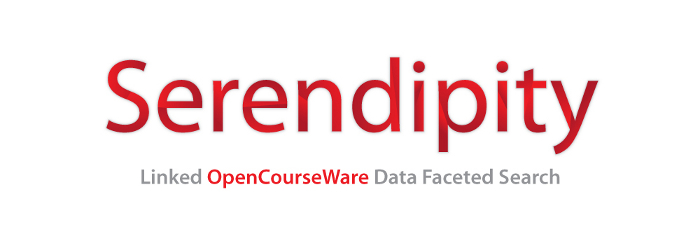
The Semantic Web is a Web of Data
In May 2001, Tim Berners-Lee, the creator of the Web, Jim Hendler, and Ora Lassilla announced the Semantic Web, which they classed as a machine-processable data Web: “The Semantic Web is not a separate Web but an extension of the current one, in which information is given well defined meaning, enabling computers and people to work in better cooperation” [1].
W3C[1] also defines the Semantic Web is a data Web, where the meaning of the information plays a key role, and the information is stored within a global, distributed database of data linked via the Web. Unlike the current Web of linked documents, a Web of linked data is able to describe data models, concepts and properties that are then connected, consulted and mashupped on the Web, as if they were simply part of a global database.
Consequently, we argue that these advances are a possible means of supporting interoperability, accessibility and reusability of the data types like the Open Educational Resources and OpenCourseWare (OER and OCW) .
[1] The World Wide Web Consortium (W3C) is an international community where Member organizations, a full-time staff, and the public work together to develop Web standards. Site: www.w3c.org
Principles of Linked Data
By publishing Linked Data we are sharing structured data that can be connected to other data by typed links using the global architecture of the World Wide Web [1]. Data links can be used to connect and browse heterogeneous and distributed repositories. The philosophy of Linked Data is that the value and usefulness of data increase in proportion to their links with other data [1].The publication of Linked Data is governed by four principles introduced by Tim Berners-Lee [2]:
(1) Use of URIs[1] as identifiers of entities, e.g., OCW, OERs, authors, universities, knowledge areas, etc.
(2) Use of HTTP URIs for users to locate entities.
(3) Use of standards (RDF[2]*, SPARQL query language). RDF provides the foundation for publishing and linking data in a way that other agents can access and interpret the data [1].
(4) Inclusion of links to other URIs so that they can then locate or even discover other entities. In this regard, inclusion of links should increase the amount of links between open educational datasets and increase the quality of these links.
[1] URI is Uniform Resource Identifier
[2] Resource Description Framework (RDF) is a standard model for data interchange on the Web: http://www.w3.org/RDF/ . For technical details, see http://www.w3.org/standards/tech/rdf
_